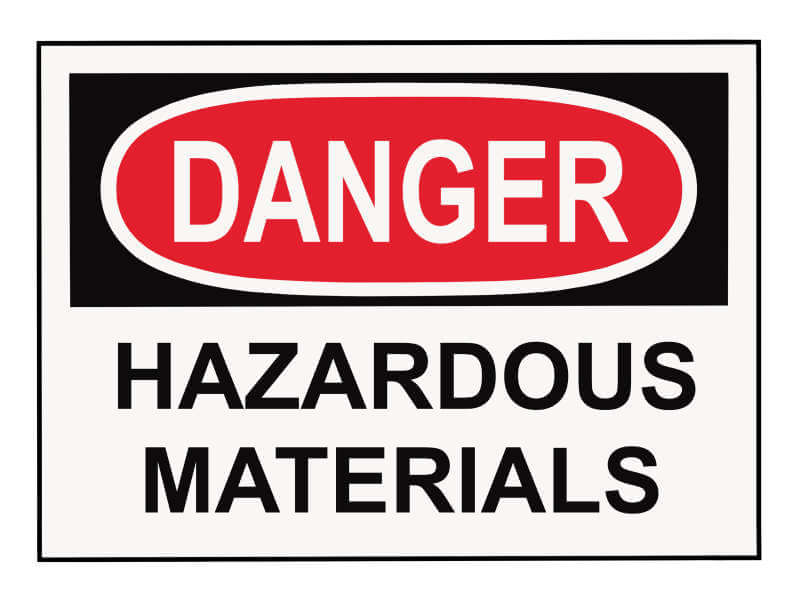A new rule from the U.S. Department of Labor’s Occupational Safety and Health Administration (OSHA) that requires all hazardous materials companies and carriers to train its employes on the new Hazard Communication Standard. OSHA says that all employees must be trained on the new communication standard by December 1.
OSHA says the new, standardized system will align the U.S. with the global chemical labeling system. The agency says the system will prevent an estimated 43 deaths, 585 injuries and an estimated $475.2 million each year.
“Exposure to hazardous chemicals is one of the most serious dangers facing American workers today,” said Secretary of Labor Hilda L. Solis. “Revising OSHA’s Hazard Communication Standard will improve the quality, consistency and clarity of hazard information that workers receive, making it safer for workers to do their jobs and easier for employers to stay competitive in the global marketplace.”
The Hazard Communication has been revised to align with the United Nations’ Globally Harmonized System of Classification and Labeling of Chemicals and will be fully implemented by 2016.
The new system will classify chemicals according to their health and physical hazards and establish consistent labels and safety data sheets for all chemicals.
“OSHA’s 1983 Hazard Communication Standard gave workers the right to know. As one participant expressed during our rulemaking process, this update will give them the right to understand, as well,” said Assistant Secretary of Labor for Occupational Safety and Health Dr. David Michaels.
What must be done and who does this law apply to?
The first phase of the new Hazard Communication Standard (HCS) is for employers to train all employees on the new labeling system by December 1, 2013.
Chemical manufacturers and importers will be required to provide a label that includes a harmonized signal word, pictogram, and hazard statement for each hazard class and category. Precautionary statements must also be provided.
Employers are required to train workers by December 1, 2013 on the new labels elements and safety data sheets format to facilitate recognition and understanding.
According to TruckingInfo, “Diesel fuel is a hazardous material. So as it applies to fleets, that means every driver in a truck with diesel fuel needs to be trained. Shops and warehouses with propane-fued forklifts are also covered (the benzene in propane is a hazardous material). Technically, white-out correcting fluid and laser-printer cartridges are hazardous materials, too.”

Follow this link to Frequently Asked Questions.
Follow this link for training guidelines.
Follow this link for wallet cards.
From OSHA:
OSHA has updated the requirements for labeliing of hazardous chemicals under its Hazard Communication Standard (HCS). As of June 1, 2015, all labels will be required to have pictograms, a signal word, hazard and precautionary statements, the product identifier, and supplier identification. A sample revised HCS label, identifying the required label elements, is shown on the right. Supplemental information can also be provided on the label as needed.

Hazard Communication StandardIn order to ensure chemical safety in the workplace, information about the identities and hazards of the chemicals must be available and understandable to workers. OSHA’s Hazard Communication Standard (HCS) requires the development and dissemination of such information:
Major changes to the Hazard Communication Standard
|
Follow this link to TruckingInfo for more information on the cost of non-compliance and training.
